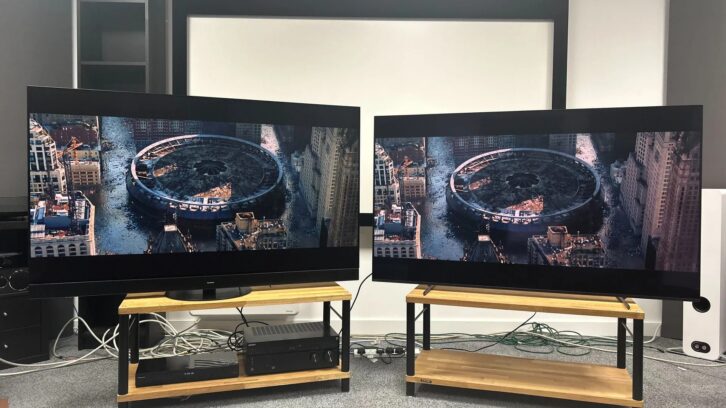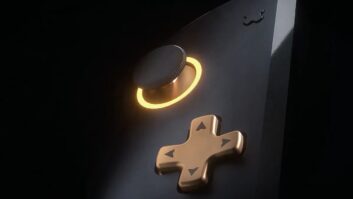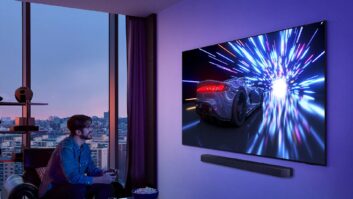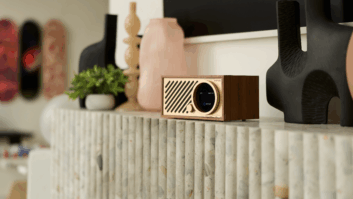
Editor’s Note: This article originally appeared on our sister site, What Hi-Fi? To read more from their TV testing experts, visit whathifi.com.
The end of September is always an interesting time in the What Hi-Fi? offices. Summer’s over and the yearly Apple event is behind us. But that doesn’t mean our labors are over for the year because the What Hi-Fi? Awards are just around the corner.
This means we go from our Summer locale lounging on the beach or at a distant poolside, to hermitting in our test rooms as we run every product we’re considering for an Award against its rivals to see which is truly the best of the best.
That was the situation with our home cinema team this past week, where our intrepid team of TV testers, myself included, put our collective eyes, brains and ears together to try and decide which sets deserved our prestigious Awards badge this year.
As part of that process, one day this week we had the joy of pitting five big-name sets – the Samsung S90C, Sony A80L, Panasonic MZ980, Panasonic MZ1500, and Panasonic MZ2000 – against one another.
And while that may sound like a dream come true for any home cinema fan – which in many ways it is – as was the case at our Bristol Hi-Fi demo earlier this year, as I rewatched the same scenes over, and over, and over again, I slowly had a thought crystallize.
But unlike our Bristol Demo, where everything was focused on max brightness, this epiphany focused on a different, but equally important ingredient in the recipe for perfect picture quality – color temperature.
I’m not going to get into the detailed science of color temperature and start talking about kelvins – I’ll leave that fun job to our clever-clogs technical editor Ketan Bharadia in a later article. But the short version is that temperature is a metric indicating how warm or cool colors look. A cool temperature can give the picture a distinctly blue hue. Meanwhile, if it’s too warm it may have a yellow/red tinge.
The reason this metric came to mind during our testing marathon was that as we ran through all the sets I couldn’t help but notice that many TVs, even in director mode where all processing is supposedly subdued, still didn’t give a perfect performance.
This was really obvious during one check, where we watched the intro scene of Blade Runner 2049 multiple times while playing our standard game of Spot the Difference. In it, the fact that one of the TVs’ colors was too cool, even marginally, made a huge difference to the scene.
Dave Bautista’s skin tone had a blueish tinge that made him look slightly vampiric in comparison to the picture we saw on a competitor with a more accurate color temperature. Peak whites, even if they held detail, didn’t look as natural, having an overtly sterile feel that didn’t have the “as the director” intended it to feel.
Would I have noticed this if the other sets weren’t directly next to it? I’d like to think so, but there’s a reason we insist on having direct comparisons rather than relying on memory as part of our testing processes.
Does this small metric mean the cool TV was worse than its rival? No, there are plenty of other important metrics to gauge screen quality – motion handling, dynamic range, and sharpness; these are all things that also matter. And to be clear, the picture on the OLED in question was still oh-so-very impressive and I am very much in nitpicking territory here.
But the experience did wake me up to the fact that even at the top end of the market, there are still plenty of sets that are still not completely nailing color temperature in any of their picture modes and, in turn, inspired me to write this opinion piece.
About the Author
Alastair Stevenson is What Hi-Fi?’s editor-in-chief. He has well over a decade of experience as a journalist working in both B2C and B2B press. During this time he’s covered everything from the launch of the first Amazon Echo to government cyber security policy. Prior to joining What Hi-Fi? he served as Trusted Reviews’ editor-in-chief. Outside of tech, he has a Masters from King’s College London in Ethics and the Philosophy of Religion, is an enthusiastic, but untalented, guitar player and runs a webcomic in his spare time.













